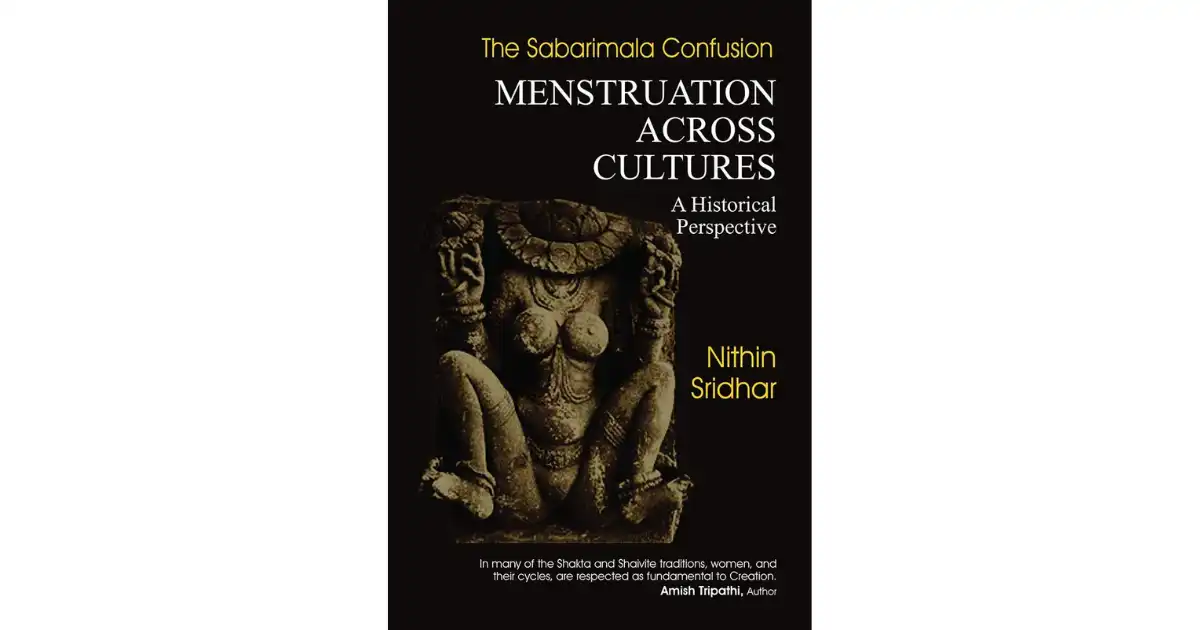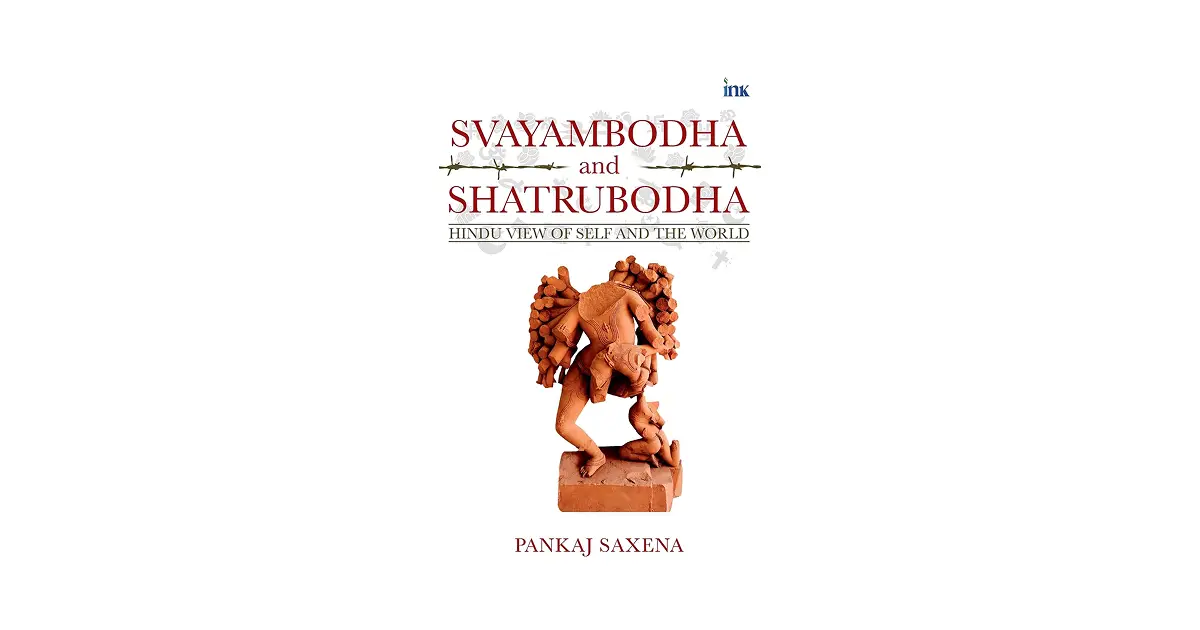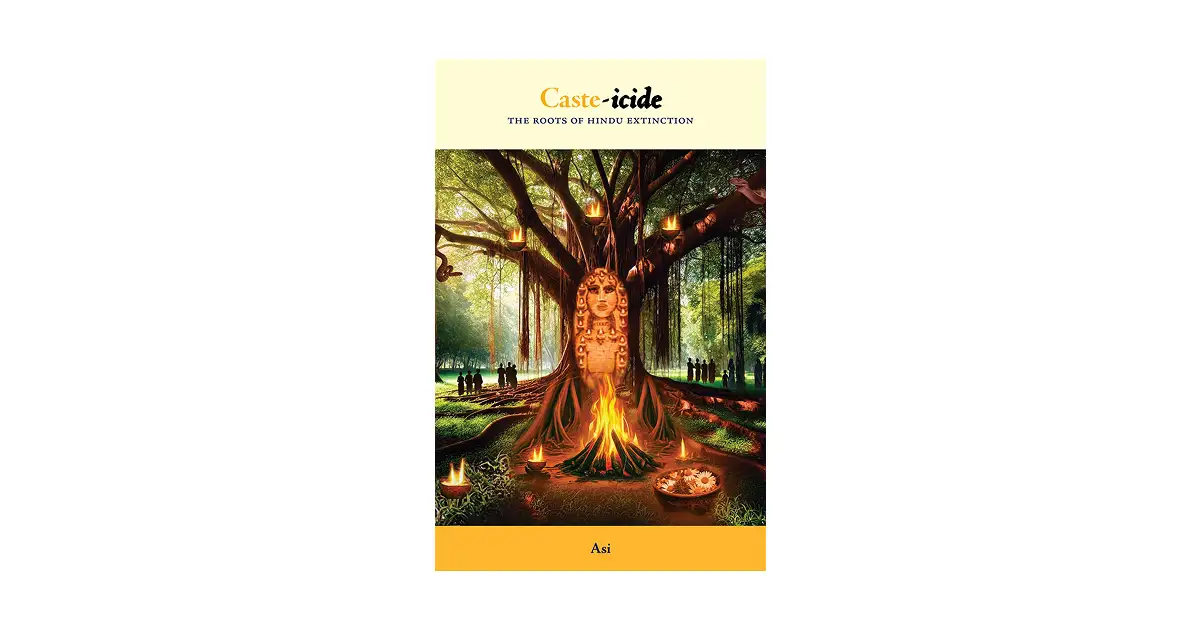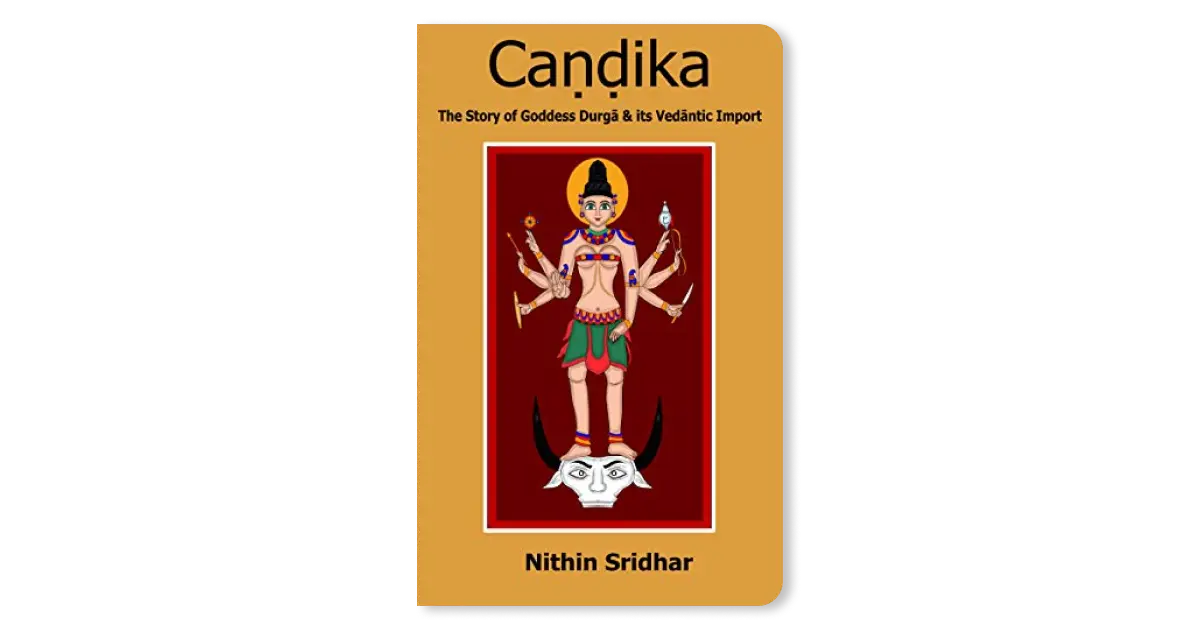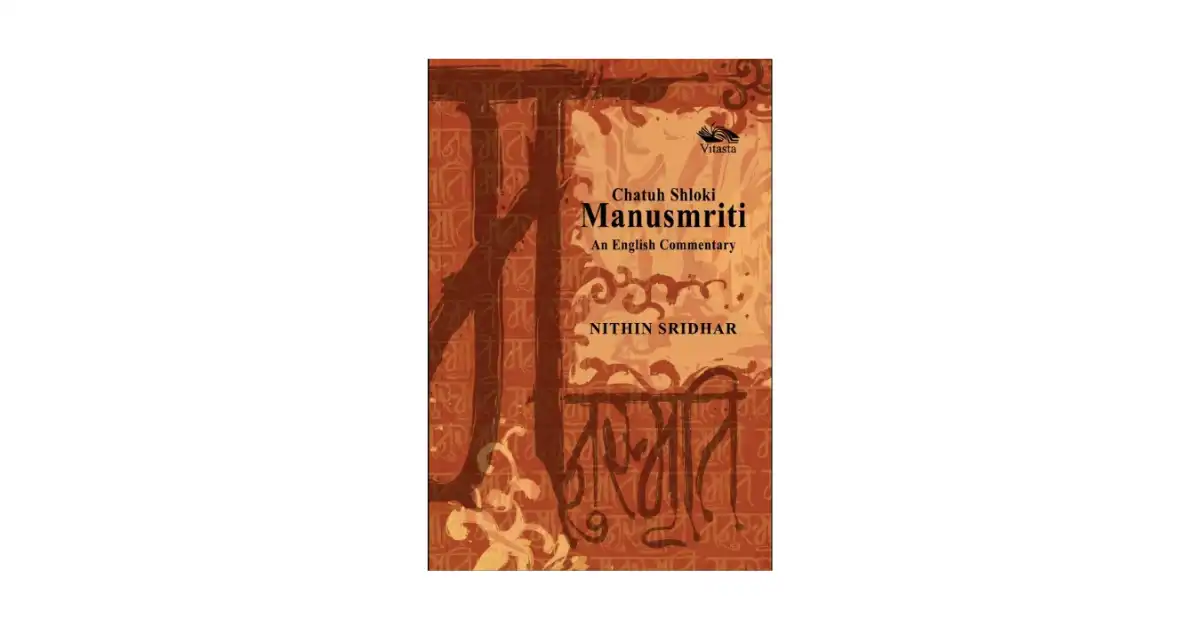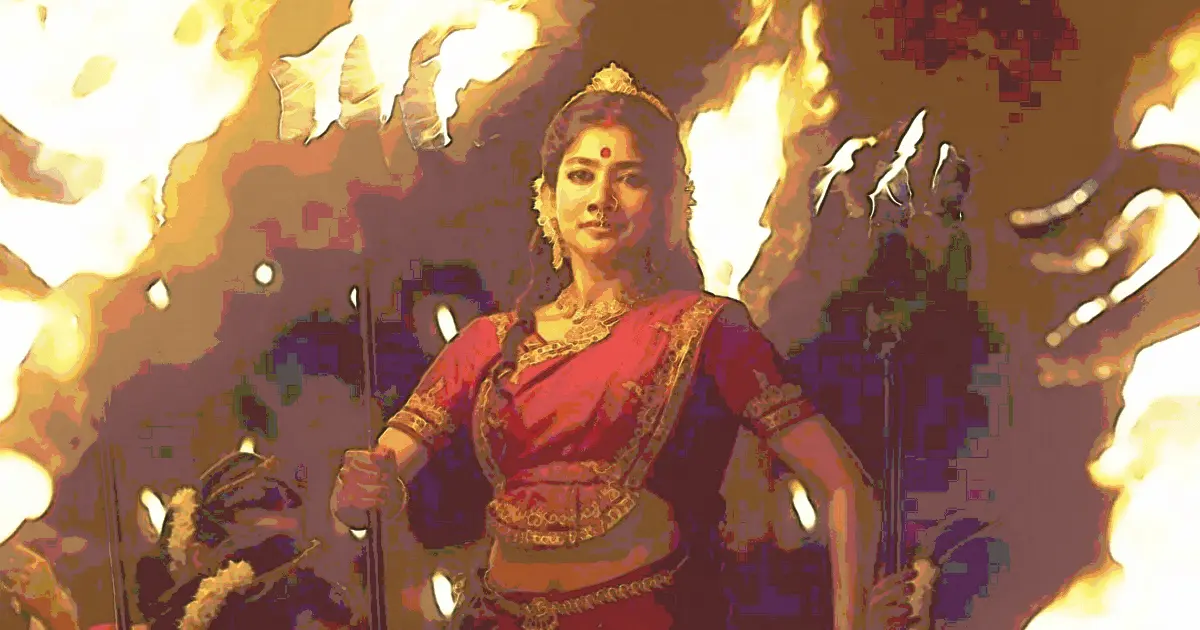Swami Vivekananda once said, “The one thing that fulfils womanhood, that is womanliness in woman, is motherhood”. The transition of a girl into womanhood is one of the most important milestones for not only the girl, but the family and community in general. Menstruation is an integral part of a woman’s life; yet, this concept has not received enough attention from academia - apart from the standard hygiene and purity related topics.
The pinnacle destination of every svāmi who adorns the mālā and undergoes the ascetic life, Sabarimala was recently in the center of a controversy related to the entry of women of menstruating age. As someone who has undertaken this pilgrimage or yātrā, I am aware of the restrictions imposed & follow the same, as they are age-old custom or dictum. However, at times, there are questions that do arise, in the rational part of the mind. Smt. Sinu Joseph brought out a wonderful book titled Women and Sabarimala that explains the significance of the restrictions, and she splendidly explained these through her own personal experiences. While her book satisfies the immediate question of the reader, some of the more deeper questions continue to persist:
What is Menstruation?
How was this topic addressed in various parts of the world, across generations or centuries?
Why are certain other practices implemented as thus?
These questions and many more are answered through the wonderful masterpiece of a book by Śrī Nithin Sridhar, Menstruation Across Cultures - A Historical Perspective - The Sabarimala Confusion. Nithin ji has a deep interest in dharma and our rich repository of Indic knowledge systems. Harnessing his deep expertise on IKS, and utilizing his inquisitive research abilities, he has come out with a fantastic compilation of rich information on menstruation across cultures. The amount of information contained in this book is quite vast, well researched, and amply referenced. The content and depth of information is substantial, such that the individual chapters have potential to morph into small books of their own, each with dedicated topics. Researching on the topic with a wide net across geography, cultures, and time periods, through this book Nithin ji gives a very deep insight into the philosophies and practices of women across the world. He extends the topics by drawing a comparative analysis for each of the individual cultures with Hinduism, or rather Sanātana Dharma, highlighting the similarities and unique quirks of each of these civilizations. The keen eye for details is reflected abundantly in the form of multiple references and anecdotes.
The foreword by acclaimed author Smt. Sumedha Verma Ojha is quite educational and sets the stage eloquently for the detailed analysis to follow. While the trigger for the book was the famous Sabarimala episode, the demonization of females during menstruation which divided the masses warranted that some key questions should be addressed as part of the critical analysis, while drawing a historical perspective. The modern lens of measuring the efficacy of menstrual health through the use of sanitary pads and tampons is imprecise. This concept is elucidated at the onset of the book by the author. One of the key standout features of the book is the elaborate and informative statistics on current day inquiry into the topic, such as school absenteeism. The pictures at the initial and concluding portions of the book are quite vivid and complement the subject immaculately.
Moon plays a pivotal role across geographies influencing the rituals, practices and religious outlook about menstruation. The initial part of the book is a deep dive analysis into Hinduism where the scholarship of the author is evident in terms of the wide references across the broad spectrum of Vaidika literature. The notion of aśauca, or rather impurity, is established quite early in the book. This is a critical juncture considering the wide references to the same across the book in multiple locations. That menstruation as a period of rest, with the rules formulated to facilitate the woman to rest and rejuvenate, is quite fluently described and established. The importance of menarche (the onset of menstruation or puberty) is quite beautifully described, with some unique anecdotes from various sources found in different parts of Bhārata. In this section, the author explains the meaning of ‘triveni’ as the name for plaits (jaḍa or jaḍe) and how they relate to the three nāḍīs of prāṇa śakti in a marvelous fashion. The section on Moggina Jaḍe’s alignment with the ṣaṭcakras was quite fascinating.
The author tries to provide a perspective on upanayana and menarche, and their significance in the lives of a boy and girl respectively. This is definitely one of the finest sections of the book. Transitioning seamlessly into the tantric side, the author provides a detailed insight into the tantric practices and how menstruation is considered as pure and sacred, in contrast to the common parlance. The author describes the various temples and unique practices attached with the same - those kṣetras related to menstruation like Kamakhya, Devipuram, etc. The significance of the caitanya of the murti and the impact thereof, due to the presence of a menstruating woman, is illuminating and a highly recommended portion of the book.
The author expounds the impact of various vāyu on menstruation in the sub-section on yoga. Coupled with another portion on various doṣas from Āyurveda, the author draws a holistic picture and wholesome perspective of menstruation from all angles. The book is richly laden with unique gems such as Rajasvalā Paricaryā, a concept which is important in modern parlance, and quite widely referenced as part of comparative analysis. This similarity indicates the presence of a common thread binding the various civilisations across the planet at some point of time or other.
Progressing forward, the author provides deep insight into the practices of Buddhism, Jainism, and Sikhism. Some of these practices could be abhorred in modern society; however, one needs to consider the origins of the same, something which the author establishes through his wide references and detailed study. This is followed by another chapter on the Abrahamic religions like Judaism, Christianity, and Islam. This section is laden with ample information derived from various sacred texts and archaeological finds of those regions dominated by the Abrahamic cultures. The similarities between those cultures is quite striking. The author details some extensive insights into a few of the great civilizations of the past - like Greek, Roman, and Egyptian - with similar deeply researched sections and references. The book ends with a wonderful “Last Words” section by Madhu Kishwar ji, followed by a huge list of topics, references and terms. This part almost makes up for one fourth (1/4) of the book, indicative of the research excellence of the author.
The book does have its share of drawbacks. The sections are very detailed and could be overwhelming due to sheer size and depth of the articles, especially those referenced from various archeological sources. Additionally, there are some concepts which are repeatedly explained in great detail at multiple places. This could have been optimized so that the reader doesn’t feel engulfed with an overload of information.
Beyond these minor quirks, the book is an excellent read into one of the lesser understood topics of human evolution. Readers interested in purchasing the book may do so here.
